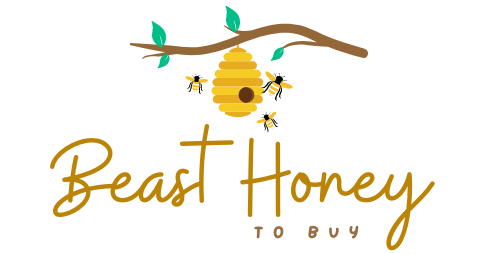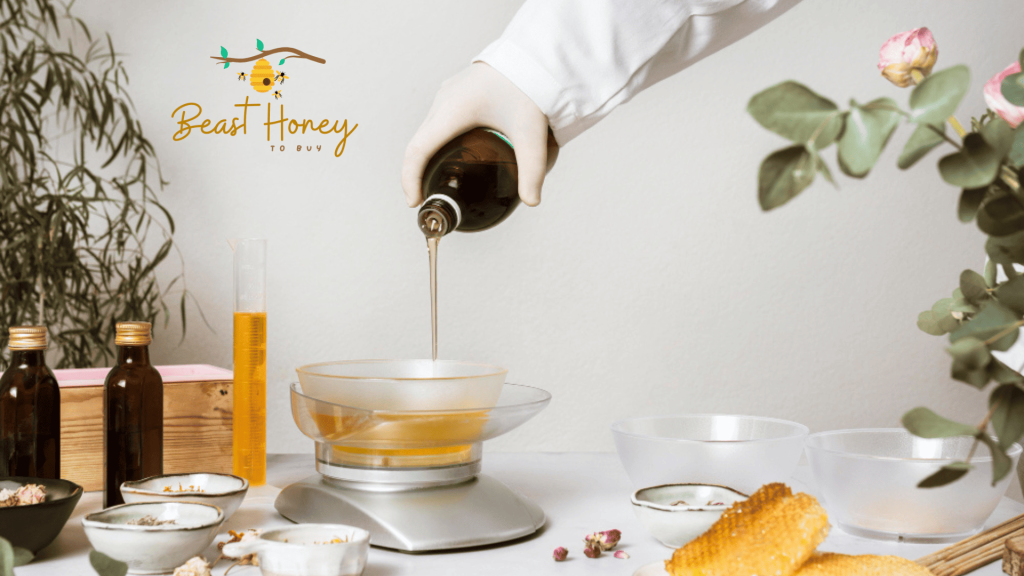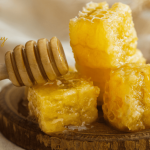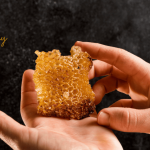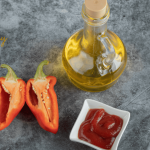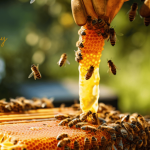Why Honey Is a Skincare Superstar
Honey is a natural humectant. It draws moisture to the skin. This makes it perfect for hydrating products like moisturizers and masks. It’s also packed with antioxidants, which fight free radicals and slow aging. Plus, honey has antibacterial properties.
These help with acne-prone skin. Skincare brands love honey because it’s versatile. You can use it in cleansers, serums, or even lip balms.
But not all honey is created equal. The quality of honey affects your product’s performance. Poor-quality honey might not deliver results. It could even harm your brand’s reputation. That’s why sourcing raw, high-quality honey is critical.
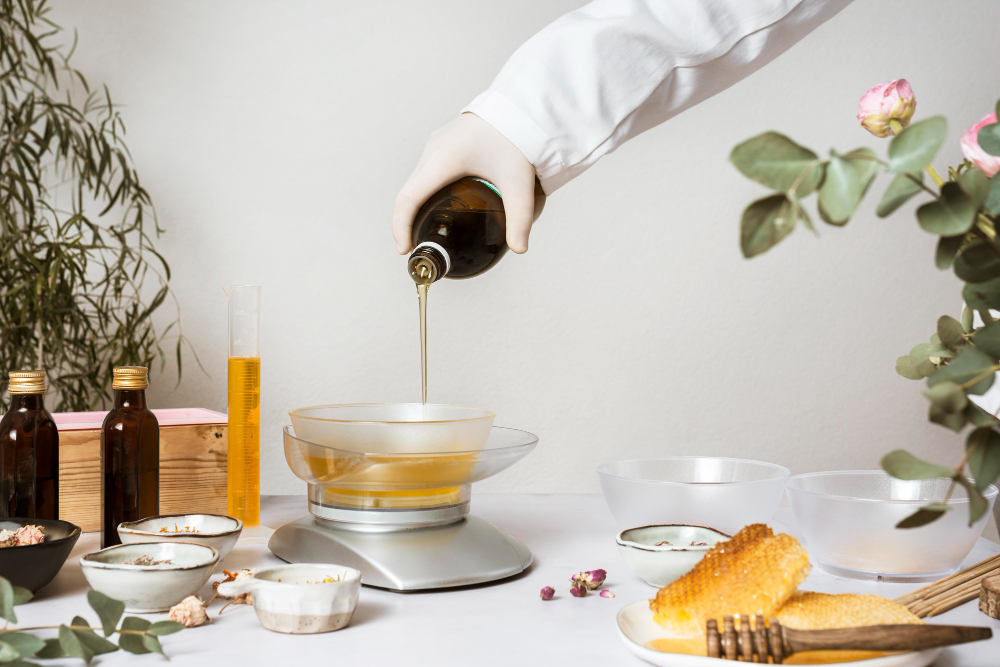
Benefits of Honey in Skincare
- Hydrates skin: Locks in moisture for a soft, plump feel.
- Fights acne: Antibacterial properties reduce breakouts.
- Soothes irritation: Calms sensitive or inflamed skin.
- Anti-aging: Antioxidants reduce fine lines and wrinkles.
- Exfoliates gently: Natural enzymes remove dead skin cells.
What Is Raw Honey?
Raw honey is unprocessed and unfiltered. It comes straight from the hive. Unlike commercial honey, it’s not heated or pasteurized. This keeps its nutrients intact. For skincare, raw honey is the best choice. Why? Heat destroys enzymes and antioxidants.
These are what make honey so good for skin. Raw honey also retains its natural texture and aroma, which customers love in premium products.
When sourcing raw honey, you need to understand its types. Manuka honey, for example, is famous for its high antibacterial properties. Acacia honey is light and mild, great for sensitive skin products. Buckwheat honey is darker and richer, perfect for intense hydration.
Each type has unique qualities. Choose one that fits your brand’s goals.
How to Source High-Quality Raw Honey
Sourcing raw honey can feel overwhelming. There are so many suppliers out there. How do you know who to trust? Here are practical steps to find the best raw honey for your skincare brand.
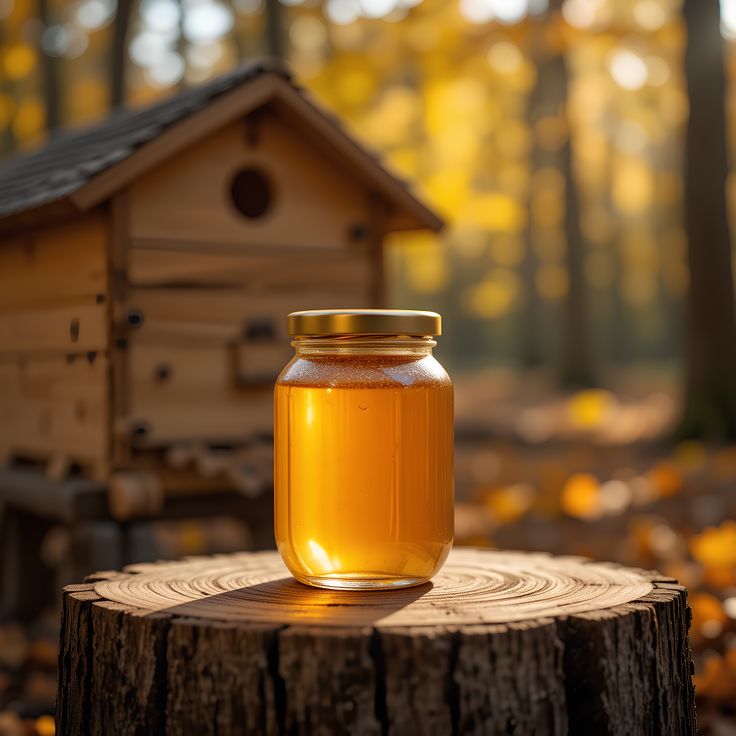
1. Look for Local or Regional Beekeepers
Local beekeepers often produce small-batch, high-quality honey. They care about their bees and the environment. Visit farmers’ markets or contact beekeeping associations. Ask about their harvesting process.
Do they avoid chemicals? Is the honey raw and unfiltered? Local sourcing also reduces your carbon footprint, which eco-conscious customers love.
Example: A small skincare brand in California partnered with a local apiary. They created a “Honey Glow” face mask using raw wildflower honey. Customers raved about the product’s authenticity and supported the brand’s local focus.
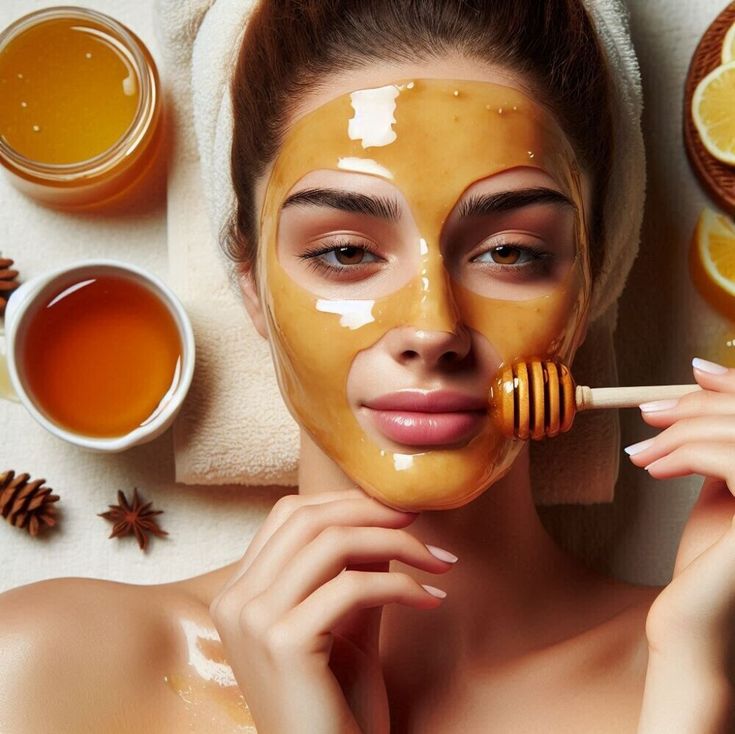
2. Check Certifications
Certifications ensure quality and safety. Look for organic certifications like USDA Organic or EU Organic. These confirm the honey is free from pesticides and chemicals. Some suppliers also have “raw” or “non-GMO” certifications.
Manuka honey should have a UMF (Unique Manuka Factor) rating. A UMF of 10+ or higher is ideal for skincare.
3. Test for Purity
Pure raw honey is free from additives like sugar syrup. Some suppliers dilute honey to cut costs. This lowers quality and effectiveness. Ask for lab test results. A reputable supplier will provide a Certificate of Analysis (COA).
This shows the honey’s purity, moisture content, and pollen count. You can also test samples yourself. Pure honey is thick, sticky, and doesn’t dissolve quickly in water.
4. Understand the Source
Where the honey comes from matters. The environment affects its quality. For example, honey from polluted areas may contain toxins. Ask suppliers about their beehive locations. Are they near organic farms or wildflower fields? Avoid honey from industrial areas.
Also, consider the floral source. Clover honey is mild, while lavender honey has a unique scent. Match the honey’s profile to your product’s vibe.
5. Build Relationships with Suppliers
Long-term partnerships ensure consistent supply. Work with suppliers who share your values. Are they sustainable? Do they treat their bees ethically? Visit their apiaries if possible. A strong relationship means better pricing and priority during shortages.
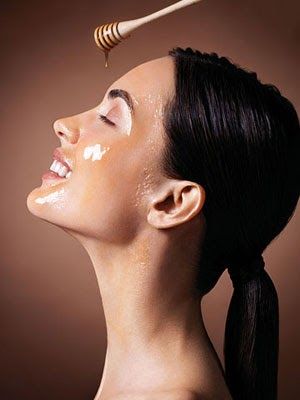
Challenges in Sourcing Raw Honey
Sourcing raw honey isn’t always easy. There are challenges to watch out for. Knowing these can save you time and money.
1. Seasonal Availability
Honey production depends on seasons. Bees produce less in winter or during droughts. Plan ahead to avoid shortages. Stock up during peak seasons, like spring or summer. Work with multiple suppliers to reduce risks.
2. Price Fluctuations
Raw honey prices vary. Factors like weather, demand, and location play a role. Organic or Manuka honey is pricier than regular varieties. Budget carefully. Balance cost with quality to keep your products affordable.
3. Fake Honey
Adulterated honey is a big issue. Some suppliers mix in corn syrup or other cheap sweeteners. This dilutes the honey’s benefits. Always ask for COAs and test samples. Stick to trusted suppliers with good reviews.
4. Ethical Concerns
Some beekeepers use harmful practices. Overharvesting or using pesticides hurts bees and the environment. Choose suppliers who prioritize sustainability. Look for certifications like “Bee Friendly” or “Fair Trade.”
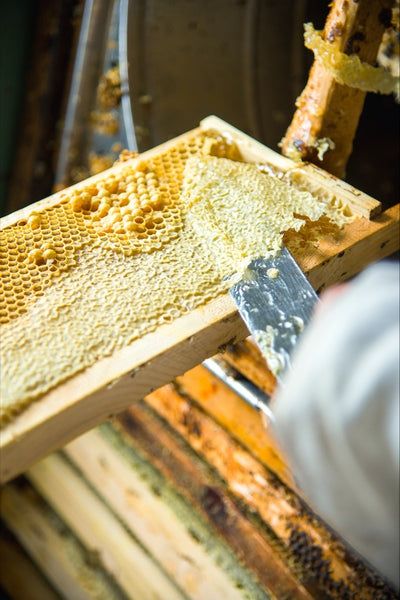
How to Use Honey in Skincare Products
Once you’ve sourced quality raw honey, it’s time to use it. Honey works in many formulations. Here are some ideas
- Face Masks: Mix honey with clay or oatmeal for a soothing mask.
- Cleansers: Combine with gentle oils for a hydrating wash.
- Moisturizers: Blend with shea butter for rich hydration.
- Lip Balms: Pair with beeswax for a nourishing balm.
- Serums: Use with hyaluronic acid for a dewy glow.
Pro Tip: Highlight the honey’s origin in your marketing. For example, “Made with raw Manuka honey from New Zealand.” This builds trust and adds a premium feel.
Sustainable Sourcing: Why It Matters
Consumers care about sustainability. They want eco-friendly products. Sourcing raw honey sustainably can boost your brand’s image. Support beekeepers who protect bee habitats. Avoid those who exploit bees or use harmful chemicals. Share your sourcing story on your website or packaging. For example, “Our honey comes from organic wildflower fields in Oregon.” This transparency builds loyalty.
Benefits of Sustainable Sourcing
- Attracts eco-conscious customers.
- Supports bee conservation.
- Enhances brand reputation.
- Ensures long-term supply.
Questions to Ask Your Honey Supplier
Before signing a contract, ask these questions
- Is the honey raw and unfiltered?
- Where are your beehives located?
- Do you have organic or raw certifications?
- Can you provide a Certificate of Analysis?
- What floral sources do you use?
- How do you ensure bee welfare?
These questions help you gauge the supplier’s reliability. Don’t be afraid to ask for samples or visit their farm.
Final Thoughts
Honey is a game-changer for skincare brands. Its natural benefits make it a customer favorite. But sourcing raw honey takes effort. Focus on quality, purity, and sustainability. Build strong supplier relationships. Test samples and check certifications.
By choosing the right honey, you’ll create products that stand out. Your customers will notice the difference, and your brand will shine.
Ready to start sourcing? Reach out to local beekeepers or check certified suppliers online. Your next best-selling skincare product could be one hive away!
